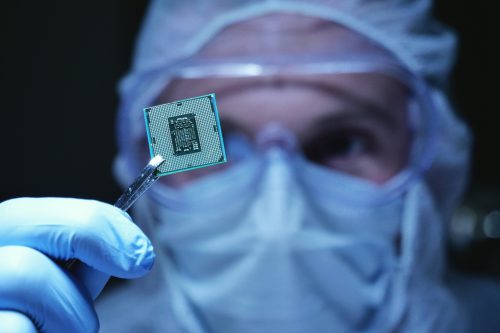Preliminary guidance on the requirements and provisions of the MDR applicable to legacy devices
 This article has been also published on the EACCNY website on November 19, 2021.
This article has been also published on the EACCNY website on November 19, 2021.
The devices known as “legacy devices” should be subject to the application of only some of the provisions and requirements set forth by the MDR, as better clarified and identified by the Medical Device Coordination Group report issued on October 21, 2021 (“MDCG 2021-25”). That report offers preliminary and non-binding guidance for stakeholders until specific guidelines are issued at a later date.
Definition of legacy devices
A medical device is qualified as a legacy device if it meets the following requirements:
- it was made available for the first time on the EU market or to the end user as being ready for use on the EU market for the first time for its intended purpose after May 26, 2021; and
- it is a Class I device according to the previous Directive 93/42/EEC (MDD) and for which an EC declaration of conformity was drawn up prior to May 26, 2021, and for which the conformity assessment procedure under the MDR requires the involvement of a notified body; or
- it is a device of a Class higher than I, covered by EC certification according to the previous MDD or AIMDD of May 26, 2021.
Legacy devices benefit from the transitional provisions according to Article 120 of the MDR subject to the following conditions condition that (i) such devices continue to comply with either of those Directives (MDD or AIMDD) and (ii) there are no significant changes in their design and intended purpose. In addition, they will have to comply with the requirements for post-market surveillance, market surveillance, vigilance, registration of economic operators, and devices set forth under the MDR (as indicated below).
If all those conditions are met, a legacy device may continue to benefit from the transitional period until the following date:
- If it is a Class I legacy device, until May 26, 2024;
- If it is a legacy device of a Class higher than I, until either (i) the date of expiration of the CE certification or (ii) May 26, 2024, whichever comes first.
Provisions of the MDR applicable to legacy devices
As we noted in the previous paragraph, although legacy devices can be placed on the market or in service according to the MDD or AIMDD during the transitional period, the Medical Device Coordination Group has provided a non-exhaustive list clarifying that a manufacturer of legacy devices should comply with certain provisions set forth by the MDR, including but not limited to the following:
Registration undertakings
- registration of the device by the manufacturer with the EUDAMED or according to the transitional provisions (article 29 of the MDR);
- registration of the economic operators with the EUDAMED or according to the transitional provisions (article 31).
Post-market surveillance
- planning, establishing, implementing, maintaining, and updating a post-market surveillance system in a manner that is proportionate to the risk class and appropriate for the type of device (article 83);
- definition of a post-market surveillance plan (article 84) and a post-market surveillance report for Class I legacy device or as part of the implementation of the post-market surveillance system and a periodic safety update report for legacy devices of a Class higher than I (articles 85 and 86).
Vigilance
- reporting and analysis of serious incidents and field safety corrective actions and analysis of the relevant trends and vigilance data (articles 87, 88, 89, and 90).
Market surveillance
- cooperation with the public authorities.
General obligations of the economic operators
- a limited number of general obligations set forth under articles 10, 11, 12, 13, and 14 of the MDR will apply to the manufacturer, authorized representative, importer, and distributor.
Finally, it is worth noting that, among other things, the manufacturer of a legacy device does not need to appoint a person responsible for regulatory compliance or implement traceability requirements such as the UDI or the identification of the supply chain.
